Philadelphia/Mt Holly
Weather Forecast Office

Severe Weather Awareness Week in New Jersey and Pennsylvania
April 24th through April 30th, 2016
Thursday April 28, 2015
This is the fourth of a five part series on severe weather safety which will run each day during New Jersey and Pennsylvania's severe weather awareness week. Today we discuss the difference between a tornado watch and a tornado warning, and give you tips on what to do when a watch or warning is issued for your area.
A tornado is a violently rotating column of air in contact with the ground. The wind speed inside a tornado ranges from under 100 miles an hour to over 200 miles an hour. They can travel as fast as 70 mph, and can destroy virtually everything in their path.
While most tornadoes that occur in central New Jersey and northeast Pennsylvania are not as strong as their counterparts in the Midwest, strong and damaging tornadoes can and do occur here. On May 31st and June 2nd 1998, central New York and northeast Pennsylvania was hit by several tornadoes, some of which had wind speeds up to 150 mph! In July 2014there was a tornado that killed 4 people in upstate New York. In June of 1998 2 people were killed by a tornado in northeast Pennsylvania.
What does a tornado watch mean?
A tornado watch is issued when conditions are favorable, over a large area, for tornadoes and severe thunderstorms. The tornado watch is issued to alert you to the possibility that severe thunderstorms are expected to develop, and that they may produce tornadoes. The National Weather Service's storm prediction center issues a tornado watch for many counties and for several hours at a time.
What you should do when a tornado watch is issued?
Go about your normal activities, but watch the sky around you for developing storms. Periodically listen to NOAA weather radio, TV and radio stations or check your mobile device for updates and possible warnings.
Know which county you live in, and which ones border your community. If you are on vacation, or driving through an unfamiliar area, remember the name of the county you are in and where you are in relation to other towns or cities. Know how to get to a safe place quickly if a warning is issued for your area, or if thunderstorms approach.
What does a tornado warning mean?
A tornado warning is issued when doppler radar shows a developing tornado, or a when a tornado has been sighted bySKYWARN
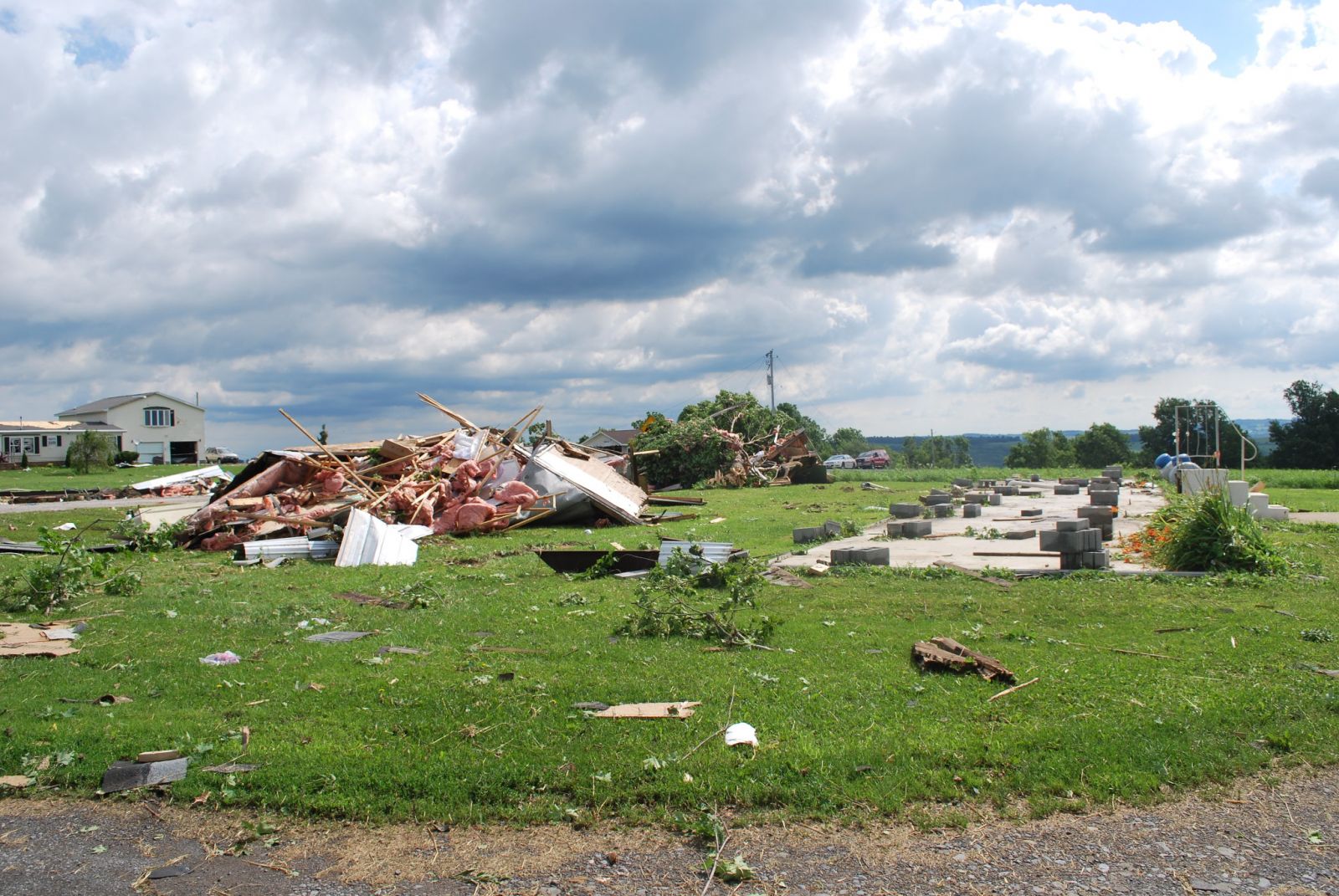
spotters, county emergency officials, police, or the public. The warning means a tornado is going to move through your county soon, so you need to take immediate action to protect your life and property. Tornado warnings are issued by National Weather Service offices, typically for a portion of a county, for up to one hour.
What you should do when a tornado warning is issued?
The key is to remain calm, but take immediate action. If you are at home or in a small building, go to the basement or to an interior room on the lowest floor. Closets, bathrooms, and other interior rooms offer the best protection. Get under something sturdy or cover yourself with a mattress.
If you are in a school, hospital, or shopping center, go to a pre-designated shelter area. Stay away from large open areas and windows. Do not go outside to your car. If you are in a high rise building, go to an interior small room or hallway on the lowest floor possible. Do not use the elevator, use the stairs instead.
For the best protection, get under something sturdy or drop to your knees facing an interior wall. Lean forward, with your hands shielding your head.
Get out of mobile homes or vehicles. They are easily tossed about by strong winds in the tornado. Take shelter in a substantial structure. If there is no shelter nearby, lie flat in a ditch or low spot, with your hands shielding your head. Never stay inside the mobile home or vehicle.
|
Presentation: Tornadoes - PDF format.
|
The weather safety topics for the remainder of the week will be as follows:
Use the blue tabs at the top of the page move through each day
US Dept of Commerce
National Oceanic and Atmospheric Administration
National Weather Service
Philadelphia/Mt Holly
732 Woodlane Rd.
Mount Holly, NJ 08060
609-261-6600
Comments? Questions? Please Contact Us.


 Coastal Flood
Coastal Flood Marine Forecasts
Marine Forecasts Text Products
Text Products Climate Information
Climate Information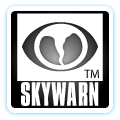 Skywarn
Skywarn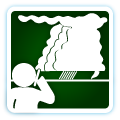 Submit Storm Report
Submit Storm Report Weather Event Archives
Weather Event Archives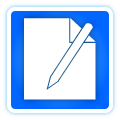 Forecast Discussion
Forecast Discussion Emergency Managers
Emergency Managers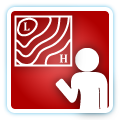 Briefing Page
Briefing Page